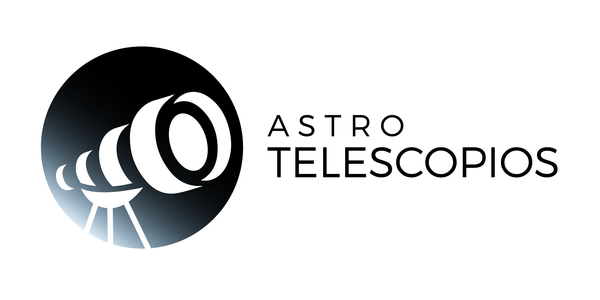
Planetary Alignment 2024: 6 Planets in Alignment on August 28, 2024
Planetary alignment is an astronomical term that refers to the event in which several planets cluster on one side of the Sun at the same time. This phenomenon is also colloquially known as a "planetary parade," which describes when several planets are visible in the sky during a single night.
The next planetary alignment will occur on August 28, 2024. In the early morning of that day, six planets— Mercury, Mars, Jupiter, Uranus, Neptune, and Saturn —will line up in the sky. Mercury, Mars, Jupiter, and Saturn will be visible to the naked eye, although Mercury will be closer to the horizon and harder to spot. To view Neptune and Uranus, you'll need a high-powered telescope or binoculars.
Saturn, with its characteristic yellowish hue (magnitude 0.6), will be visible from early evening in the constellation of Aquarius. Neptune (magnitude 7.8) will be located in the neighboring constellation of Pisces, but you'll need powerful binoculars to see it. In the early morning, as the other planets appear in the sky, Saturn and Neptune will move toward the western horizon.
Later in the evening, Uranus (magnitude 5.7) will rise in the constellation of Taurus, also visible with powerful binoculars . Jupiter (magnitude -2.3) and Mars (magnitude 0.8) will then appear, both visible to the naked eye in the constellation of Taurus. The waning crescent Moon will also be present, making the view even more spectacular.
Finally, at dawn, Mercury (magnitude 1.7) will appear in the constellation of Leo. Although it will be visible to the naked eye, you'll need to hurry to observe it before the Sun rises and obscures it.
Where and When to See the 6 Planet Alignment in 2024?
The planetary alignment will be visible throughout most of the world during the early morning hours. However, August 28, 2024, is just a general date when it will be visible from most locations. The ideal viewing date may vary depending on your location.
Keep in mind that tall buildings or nearby mountains may obscure the planets from your view. To see how the planets will appear from your location on a specific date, you can use the Sky Tonight app, which allows you to identify any celestial object in the sky. Simply select the desired date and time, and look at the sky map in the app.
Furthermore, the alignment isn't limited to a single day, but can extend over several days before and after that date. So, if you miss August 28th, try observing the planets on the following days.
Tips for Observing the Next Planetary Alignment in 2024
To observe this alignment, choosing the right time is crucial. Make sure you know the sunrise time in your location and start your observations at least an hour beforehand. Apps like Sky Tonight or Stellarium can also help you find this information.
Remember that planets don't twinkle like stars, and if you observe the night sky throughout the year, you'll notice that planets "visit" different constellations, while stars remain in "fixed" positions relative to each other. This will help you distinguish between planets and stars when observing the night sky.
Enjoy this wonderful celestial spectacle that awaits us in August 2024.



